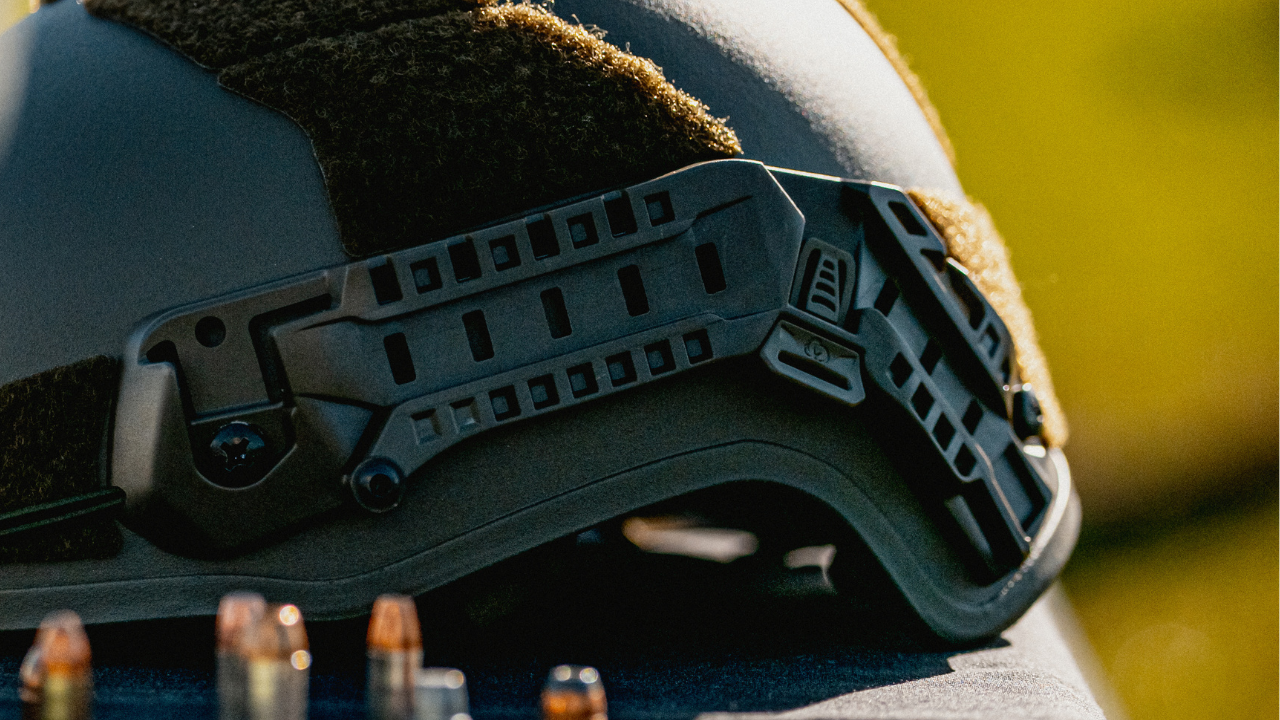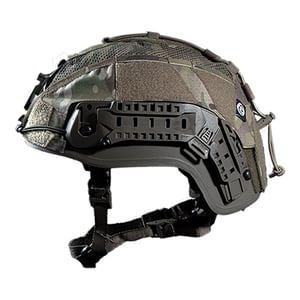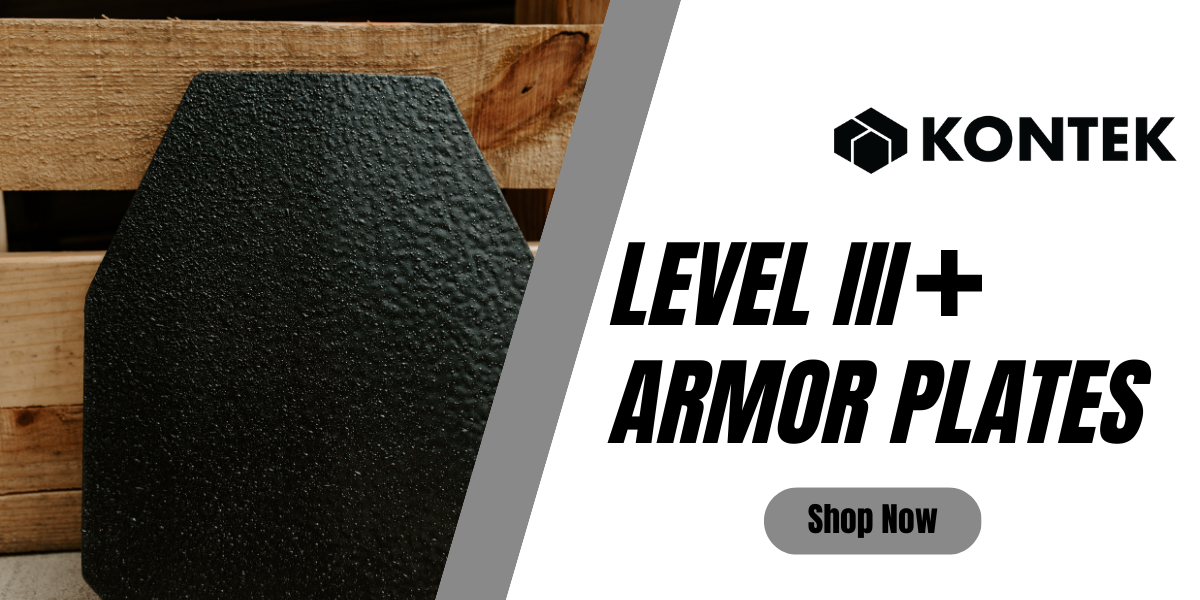
Ballistic helmets are critical components of protective gear in military, law enforcement, and security operations. However, despite their widespread use, a fundamental question persists: Can ballistic helmets truly withstand the impact of bullets? In this exploration, we delve into the mechanics, testing standards, and expected limitations surrounding tactical ballistic helmets to uncover the reality behind their bullet-stopping capabilities.
Understanding Ballistic Helmets
Ballistic helmets, also known as bulletproof helmets or bullet-resistant helmets, are specially designed to shield the wearer's head from projectiles, including bullets and shrapnel. Constructed from materials like Kevlar, Dyneema, and ceramics, these protective helmets are engineered to absorb and dissipate the energy of incoming projectiles, thereby reducing the likelihood of injury.
Testing standards, such as those established by the National Institute of Justice (NIJ), assess factors like penetration resistance and blunt trauma protection to determine a tactical helmet's effectiveness in real-world scenarios. While no helmet can guarantee absolute protection against every possible scenario, modern ballistic helmets are engineered to provide a high level of security against a range of handgun threats, enhancing the safety of those who rely on them.
What Happens When a Bullet Hits a Ballistic Helmet?
When a bullet strikes a surface, it transfers kinetic energy, causing deformation, fragmentation, and potential penetration. This process can cause the bullet to lose some of that energy, potentially reducing its ability to penetrate further.
The ability of a tactical helmet to mitigate this impact depends on various factors, including the velocity, caliber, and composition of the projectile, as well as the design and materials of the helmet itself. However, if the bullet maintains sufficient velocity and structural integrity, it may still penetrate the surface, posing a threat to whatever lies beyond.
Modern helmets are generally well-equipped to protect effectively against handgun rounds such as 9mm FMJ. Some combat helmets can effectively mitigate the impact of .357 Magnum and .44 Magnum rounds, which possess greater velocity and energy compared to 9mm, thanks to their reinforced construction and bullet-resistant materials.
Most rifle rounds directed at a helmet will penetrate it, even when discharged from a considerable distance away. Rifle rounds typically possess higher velocities, greater kinetic energy, and more penetrating power compared to handgun rounds, posing a significant challenge to the helmet's protective capabilities.
Laboratory Testing and Standards
Standardized testing protocols are employed to simulate real-world conditions to evaluate the performance of ballistic helmets. These tests assess the helmet's ability to stop bullets of varying velocities and calibers while minimizing the risk of traumatic brain injury. However, it's essential to recognize the limitations of laboratory testing in replicating the complex dynamics of combat or active shooter situations, where factors like angle of impact, distance, and multiple rounds fired play crucial roles.
NIJ standards categorize ballistic resistance into different levels, each representing the types of bullets and velocities the helmet can withstand. The most commonly used NIJ levels for helmets include:
- NIJ Level II: Designed to stop common handgun rounds, such as 9mm FMJ and .357 Magnum JSP, with velocities up to 1,358 feet per second (fps).
- NIJ Level IIIA: Protects against higher velocity handgun rounds, including .44 Magnum SJHP and 9mm FMJ RN, with velocities up to 1,470 fps.
- NIJ Level III: Rated to stop rifle rounds like 7.62mm FMJ and .223 Remington, traveling at velocities up to 2,780 fps. However, they are incapable of halting more powerful rifle cartridges and armor-piercing bullets, as these can breach the sturdier build of such helmets.
Level IIIA helmets strike a good balance between weight and protection, which is why many military and law enforcement groups prefer them.
During testing, helmets are subjected to controlled ballistic impacts from various angles and distances, using standardized ammunition types and velocities corresponding to the desired NIJ level. Measurements of backface deformation and penetration are taken to assess the helmet's ability to absorb and dissipate the energy of the projectile, thereby reducing the risk of injury to the wearer.
NIJ standards are a useful guideline for understanding how effective helmets might be, but they have limitations in mimicking real-world scenarios with bullets. Factors such as where the bullet hits, if there's more than one shot, or if it's a different kind of bullet can challenge the effectiveness of helmets beyond what laboratory testing can show.
So, while NIJ levels offer a useful framework for understanding helmet protection capabilities, they should be considered alongside other factors when evaluating ballistic helmet performance in practical applications.
Conclusion
In the ongoing quest for optimal protection, ballistic helmets remain a vital asset for those facing ballistic threats in high-risk environments. While they offer substantial defense against many types of ammunition, their effectiveness is not absolute and depends on various factors. As technology continues to evolve, so too will the capabilities of ballistic helmets, ensuring that those who wear them are equipped with the best possible protection against the dangers they may encounter.
Contact Kontek Industries
Kontek Industries is a proud partner of Busch PROtective, a premier manufacturer of high-quality ballistic helmets. With over 40 years of experience, Busch PROtective continuously innovates, pushing the boundaries of research and development to exceed industry standards.
Their helmets, including tactical, anti-riot, patrol, and rescue models, are trusted worldwide, having received the distinguished DEA-FBI Ballistic Helmet Protocol certification in 2019. Trusted by law enforcement agencies like the FBI, DEA, USMS, ATF, and SWAT teams globally, Busch PROtective helmets are relied upon by officers everywhere for their exceptional quality and performance.
Contact the office at Kontek Industries today to discuss ballistic helmet solutions.



